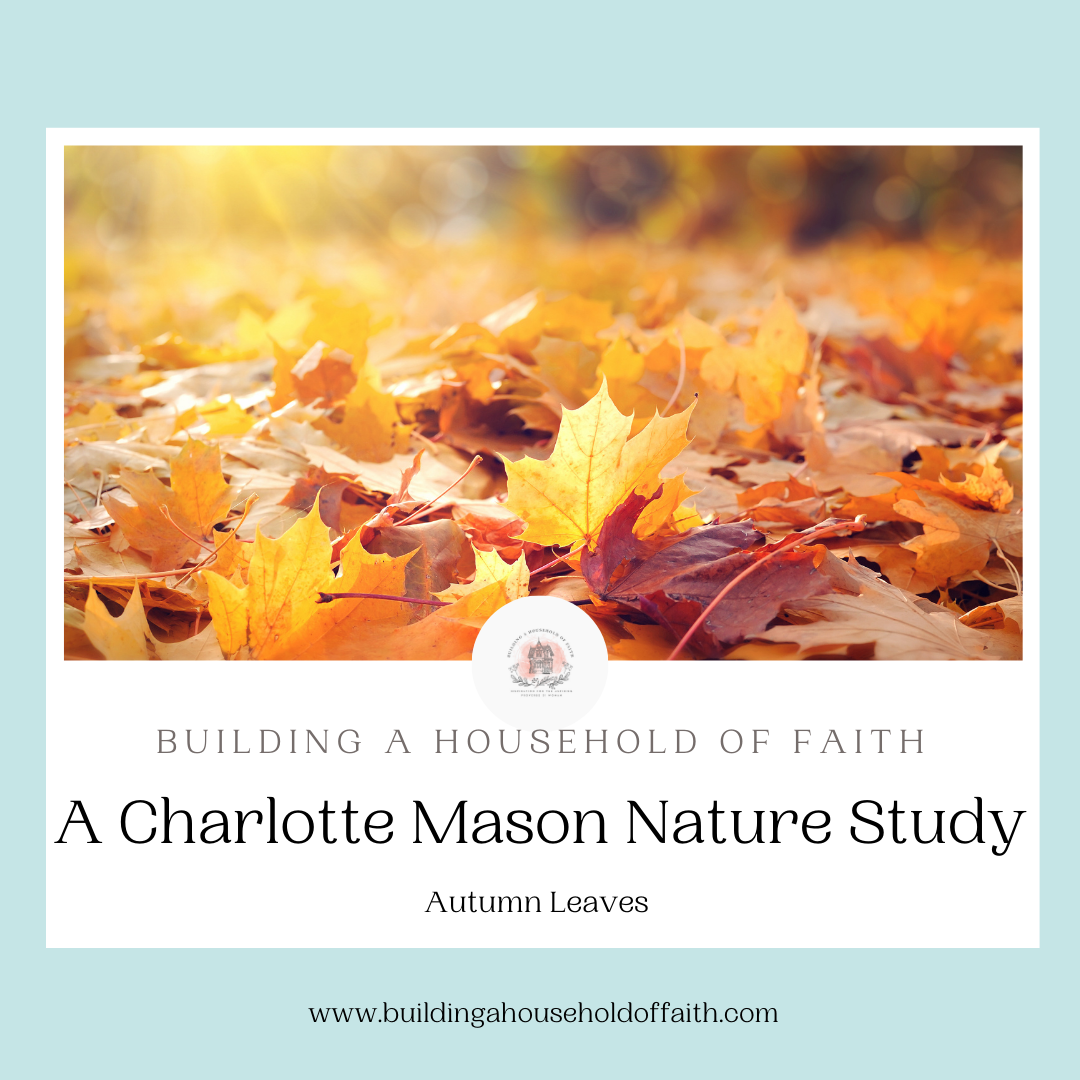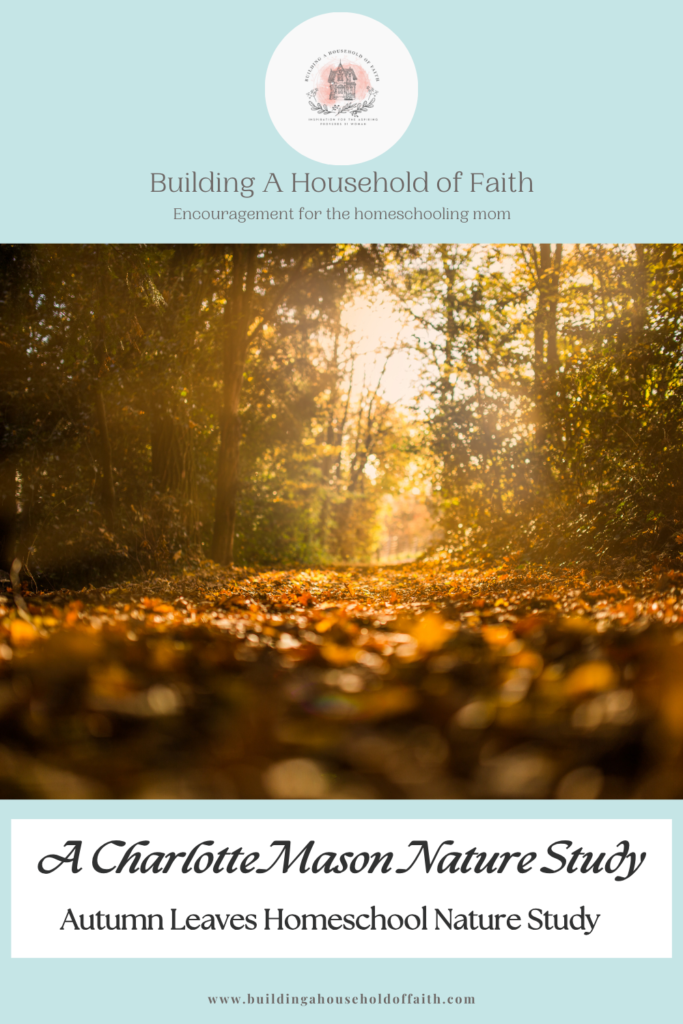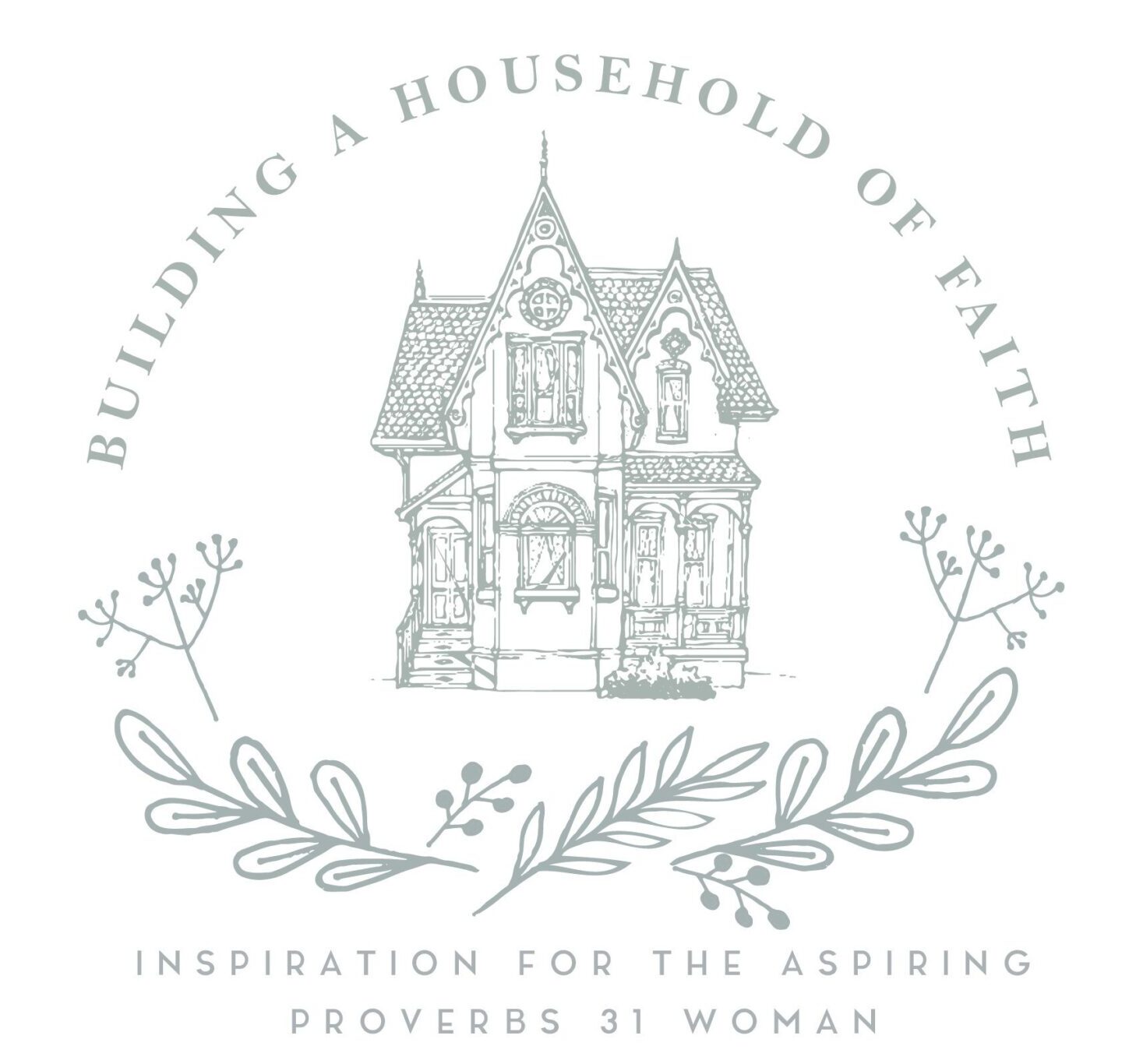
Homeschoolture Study With Teens: Autumn Leaves
During the autumn the attention of the children should be attracted to the leaves by their gorgeous colors. ~ Anna Botsford Comstock, ‘The Handbook of Nature Study’ pg 622
For the past week or so we have noticed a yellow hue to the trees in our garden. All of a sudden (or so it seems) yesterday there were distinct patches of yellow within our tree that were not there on Wednesday – honest 🙂

Around our village some trees are turning before others. Some keep to yellow hues while a few are showing reds coming through – oh my! How I relish this season.
I asked the girls if they remembered why the leaves change colours and I got half an answer. This told me that they are not clearly understanding the chemistry of why leaves change colour.
Now I’m really not a chemistry buff but thankfully there are very clever people who have written books and made wonderful YouTube videos explaining the wonders of this natural annual occurrence.
My focus for this lesson was Lesson 172 in Anna Botsford Comstocks ‘The Handbook of Nature Study’. We are embarking on a year long tree study as advocated by Charlotte Mason.
We have a spectacular tree in our garden that creates quite a picture from our schoolroom. Autumn is a lovely time to start a year long tree study. We begin with watching the leaves slowly change colour, in our home today we started off our lesson watching this video that is aimed at older students and focusing more on the chemistry rather than a shortened explanation which is suited to younger learners.
After we watched the video together we had a brief discussion so that I could make sure that they understood what had been said. We discussed our year-long study of our tree and some ideas that I had for this study. One of those ideas which has been milling about in my head has been to photograph our tree each season so that we can put all our photographs together at the end of our year and remember what it looked like throughout the year.

For our autumn focus we are going to do the same sort of photographic challenge. As suggested in The Handbook, we have noted the first day that we noticed the leaves on our tree changing. Each week we will take a photograph of our tree right up to the point when all the leaves have fallen. We will also note down this date. We will be able to see from start to finish how long it took for our tree to change and loose it’s leaves. I’ve created a seasonal tree study board on Pinterest to track out changes.

We need to identify this tree soon. I’ve had a look at my field guide but sometimes it’s not as easy as it looks!



I’m thinking that it might be part of the birch family? If you know please do leave a comment, I would appreciate any insight you may have to offer.

Anyhoo, that wraps up this weeks nature study, wishing you a wonderful weekend.



13 Comments
Tessa~ Here there be musing
Excellent plan, the whole of it. And of course, I especially like the taking continuous pics of one tree. Or of one spot… I used to take a picture, on the first of each month, of the little woods across the street from us.
If you share the progression of photos of this tree, I can compare them with how our trees are turning here. 🙂
Tessa
Shirley-Ann
I've created a Pinterest board for my progression pics Tessa. Are you on Pinterest?
sandy in spain
could it be an Alder? Check with Google or take some leaves into a bIg Garden Centre
Amy at love made my home
The leaves look very much life beech to me. I am sure you will figure it out! xx
Gill
Have you any evidence of seeds? That would hjelp ID it. Try rustling around underneath to see what you can find. We use a great app called tree id to identify British trees; there is also bird id that can even help with birdsong identification. They aren't free, but neither are they expensive. Gill
Shirley-Ann
Gill I don't – yet! but that would be very helpful in IDing it, flowers too. I think that it will become clearer through the seasons what it is but I'm going to try that tree id app that you mention! Thanks.
Mylittlepieceofengland
I love the idea of keeping visual records with photographs. An interesting study xx
Anonymous
Hello I just found your lovely blog and noticed you use Charlotte mason, I'm wondering how you feel it translates to uk teaching? For example history and geography? I'm looking for curriculum for my three children. We also live in South Brent.
Shirley-Ann
Hi Amy,
It absolutely translates to UK teaching, remember, Charlotte Mason was a British educator. America seems to have taken hold of her methods and sites like Ambleside Online and Simply Charlotte Mason etc have put together resources pertaining to their own history and geography. If you read CM's volumes she does mention resources that she used in her classrooms (I don't have the volume specifically at hand) but I started off using 'Our Island Story' by H E Marshall for history. You can buy this book or read it online for free here: http://www.mainlesson.com/display.php?author=marshall&book=island&story=_contents
In fact the Mainlesson website has a huge bank of resources that we have used in our CM homeschooling. As for geography she believed that it should be studied in the field at first, that the child should understand his surrounds starting in is own garden/space, that they should know where the sun rises and sets and understand N, S, E and W. They should know about mountains and valleys and rivers by seeing and experiencing them. Observing weather etc – all geography matters. This initial introduction to geography ties in very well with nature study, The Handbook of Nature Study has proved to be a valuable resource in our home education over the years.
CM also wrote an elementary geography program which you can use (for free of course) and is available on the Ambleside Online website. Here's the link: http://home.comcast.net/~rlaurio/ElementaryGeography.html
As we have gone on we have tied in map work with our history reading, so for example, on a blank map that you have of the area that you are reading about fill in the river that so and so lived next to (using an atlas of course for reference).
Remember that Charlotte Mason promoted a METHOD of learning, it's not about specific curriculum. She had books that she used that she considered 'living books' ie books that are written by someone with first hand knowledge and who is passionate about their subject. No dry textbooks.
I would strongly recommend reading up on CM's methods behind education. Her 6 volumes can be tough going to wade through so I recommend Karen Andreola's 'A Charlotte Mason Companion' to kick-start your 'studies'. It gives a wonderful overview and is a delight to read. Another thing, because CM is a method and not a curriculum I would start slowly and implement one or two, perhaps three things at a time otherwise it can be overwhelming. So for instance, introduce art appreciation and narration into your ways of doing things. Once you get a handle on that introduce nature study and composer study etc.
Hope that helps 🙂
X Shirley
Jo
HI Shirley, it was great to have you pop by my blog today. you definitely have to make your man a pullover. There are some nice free patterns in Ravelry. I did a simple stocking stitch one but there are some lovely cable versions out there.
http://joeveryday19.blogspot.co.uk
Anonymous
Thank you that all makes so much sense.
Gill
There was a British CM group around a few years ago which adapted the AO book lists (particularly history) to British ones. You might have to rummage around a bit in the darkest corners of the web, but it must still be out there!
prince snow farm
What a wonderful dea! I am a bit nature/tree obsessed…and always trying to get my kids and students more involved.Love it.